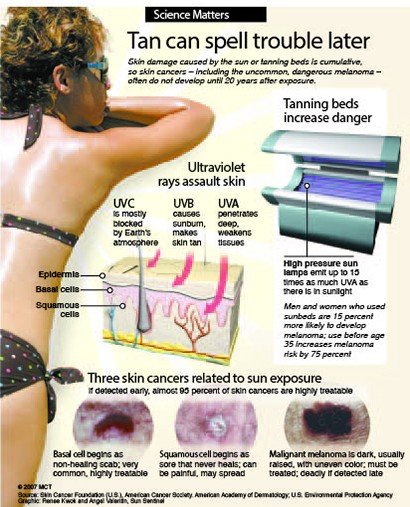Most people would not be surprised to hear that UV ray exposure can lead to skin cancer, and skin cancer accounts for nearly half of United States cancers, according to the American Cancer Society. So why is tanning still so popular? Dr. Jay Yoo, assistant professor of family and consumer sciences, answers this question in his research of social psychological aspects of appearance.
Yoo studies fashion merchandising, apparel and consumer behavior and is vice president of academic affairs for the Texas Family and Consumer Sciences Association. His research interests are appearance-related behaviors and how they affect individual and social well-being. He has been quoted in U.S. News and World Report, Fortune magazine, Third Age and HealthDay.
What brought you to Baylor?
Originally, I am from South Korea and came to the States after finishing high school. I had a great opportunity to teach and research at Baylor, so that’s why I’m here.
What inspired you to research the effects of tanning?
The popularity of tanning drove my attention. I’ve been investigating appearance-related behavior, and tanning is one way in which individuals improve their appearance. Tanning, relative to other appearance-related behaviors, can be more detrimental to one’s health. I can do exercise, that’s good. I can be on a diet, it can be healthy. I can engage in tanning, and there’s no benefit.
It is common knowledge that UV exposure can lead to skin cancer. Even with this awareness, why do you think tanning is still so popular?
Tanning is so popular and prevalent that people engage in this behavior even if they see the risk. People are very optimistic about their own health, and think it is only dangerous for other people. Unless they have a family member or friend with skin cancer, it is difficult for people to adopt healthy skin care strategies.
But spray tans are OK, right?
Tanning without UV exposure, including spray tans and tanning lotions, is the safer alternative. Spray tans have increased significantly, partially because more people are aware of the danger. U.S. consumers account for 50 percent of global tanning lotions. Spray tanning is popular for consumers who tan solely for appearance purposes.
Who is most likely to tan, and why do they do it?
White females between the ages of 18-24 is the primary group that enjoys tanning, so the college group is the target. Study after study actually indicates that the primary motivation of tanning is to enhance one’s appearance. There are other motives including relaxation and just being a part of one’s lifestyle. It can also be addictive, which is known as “tanorexia.” Frequent tanners express an overwhelming preference for indoor tanning, suggesting addictive properties of UV rays for some individuals. Tanning can also be a social thing. Tanners want to correct their body, and it is easier to do this through tanning relative to other aspects of appearance. You can’t lose five pounds overnight, but you can tan and look thinner.
Why is tan skin often seen as more desirable than fair skin? How do these trends start?
The trend actually began in the 1920s when Coco Chanel introduced tan models in high fashion magazine ads and runways. The use of tanning beds is relatively new, as the first tanning bed in the U.S. was introduced in 1979. People tend to be discontent with their appearance, so they will invest in changing it to feel satisfied. It is interesting how Asians have skin whitening, and Caucasians want to darken their skin. People want the opposite of what they have.
With summer approaching, what do you want Baylor students to know about tanning?
I think students have to be aware of the danger of tanning and make an informed decision. They have to embrace their own skin color, as having healthy appearance-related behavior is an important step for college students. Apply sunscreen over the summer. You look great with tan skin now, but 30 years from now you will look older. It is idealized in the media, but people who tan frequently often get wrinkles or premature aging. The benefit appears tomorrow, but the risks appear later in life.







